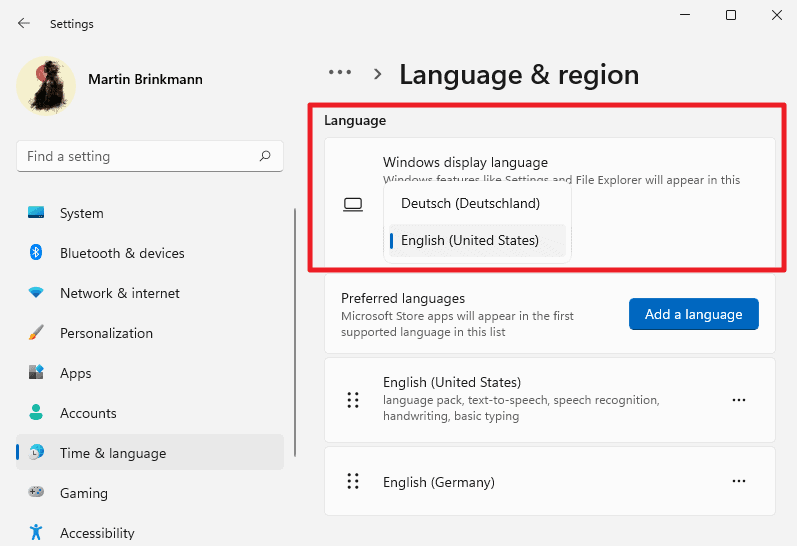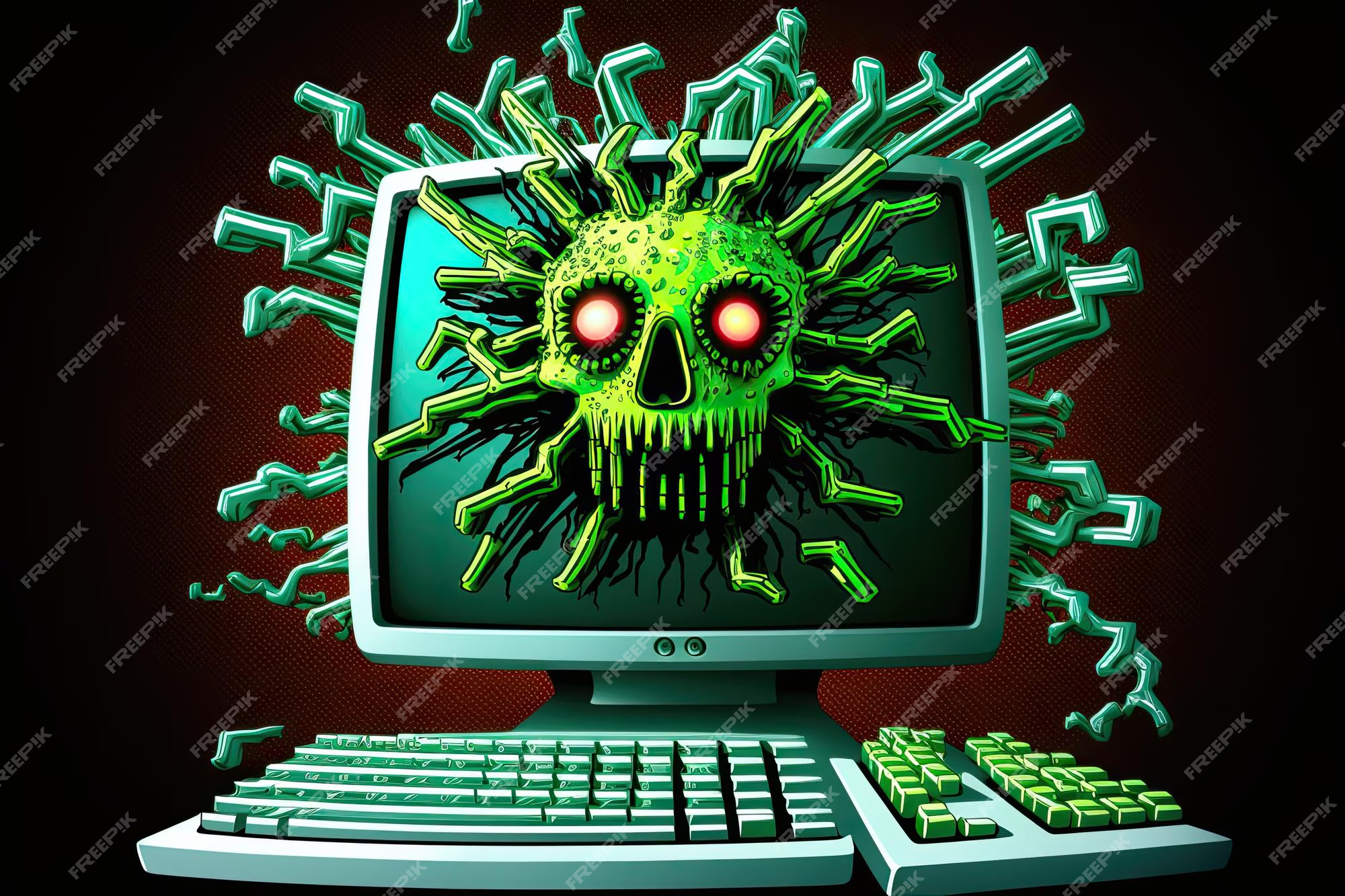Automating tasks on Windows 10 using AI can significantly enhance productivity by reducing manual effort and streamlining workflows. This guide provides a step-by-step approach to leveraging AI tools for task automation on your Windows 10 PC.
- Identify Tasks Suitable for Automation
Begin by pinpointing repetitive or time-consuming tasks that can benefit from automation. Common examples include:
- Data entry and form filling
- File organization and management
- Email sorting and responses
- Scheduling and calendar management
- Report generation
Understanding your workflow helps in selecting the right AI tools for automation.
- Utilize Microsoft Power Automate Desktop
Microsoft Power Automate Desktop is a free tool that enables users to create automated workflows without extensive coding knowledge.
Installation and Setup
- Download and Install:
- Visit the and download the desktop version.
- Follow the installation prompts to complete the setup.
- Launch the Application:
- Open Power Automate Desktop from the Start menu.
- Sign In:
- Use your Microsoft account to sign in and access the full features.
Creating a Flow
- Create a New Flow:
- Click on “New Flow” and provide a name for your automation.
- Add Actions:
- Use the drag-and-drop interface to add actions from the available list, such as launching applications, sending emails, or manipulating files.
- Configure Parameters:
- Set the necessary parameters for each action to tailor the flow to your specific needs.
- Test the Flow:
- Run the flow to ensure it performs the desired tasks correctly.
Power Automate Desktop also integrates with AI Builder, allowing for the incorporation of AI models into your workflows. This feature enables tasks like form processing, object detection, and prediction modeling.
- Implement AutoHotkey for Custom Scripting
AutoHotkey is a scripting language that allows for the automation of keystrokes, mouse movements, and window commands.
Installation
- Download AutoHotkey:
- Visit the AutoHotkey and download the installer.
- Install the Program:
- Run the installer and follow the prompts to complete the installation.
Creating a Script
- Create a New Script File:
- Right-click on your desktop, select “New,” and then “AutoHotkey Script.”
- Edit the Script:
- Right-click the new script file and choose “Edit Script.”
- Write your automation commands using the AutoHotkey scripting language.
- Run the Script:
- Double-click the script file to execute it.
AutoHotkey is particularly useful for creating custom shortcuts and automating repetitive tasks that involve keyboard and mouse interactions.
- Explore Third-Party AI Automation Tools
Several third-party tools offer AI-driven automation capabilities compatible with Windows 10:
Zapier
Zapier connects different applications to automate workflows. For instance, you can set up a “Zap” to automatically save email attachments from Outlook to a specific folder in OneDrive.
UiPath
UiPath provides robotic process automation (RPA) solutions that can automate complex tasks across various applications. It’s suitable for both individual users and enterprises looking to streamline operations.
Braina
Braina is an AI-powered personal assistant for Windows that supports voice commands and can automate tasks like opening programs, setting reminders, and performing calculations.
- Leverage AI Features in Windows 10 Applications
Windows 10 has integrated AI features in several built-in applications:
Microsoft Copilot
Microsoft Copilot integrates AI capabilities into applications like Word, Excel, and Outlook, assisting with content generation, data analysis, and email drafting.
Windows Paint and Notepad
AI enhancements in Paint allow for image generation and editing using text prompts, while Notepad offers AI-assisted text editing features.
- Ensure Security and Privacy
When implementing AI automation:
- Review Permissions:
- Ensure that automation tools have appropriate access levels and do not compromise system security.
- Use Trusted Sources:
- Download automation tools from official websites or reputable sources to avoid malware.
- Regular Updates:
- Keep all software up to date to benefit from security patches and new features.
Conclusion
By identifying suitable tasks and leveraging tools like Microsoft Power Automate Desktop, AutoHotkey, and third-party applications, you can effectively use AI to automate tasks on your Windows 10 PC. These automations can lead to increased efficiency and allow you to focus on more critical aspects of your work.





